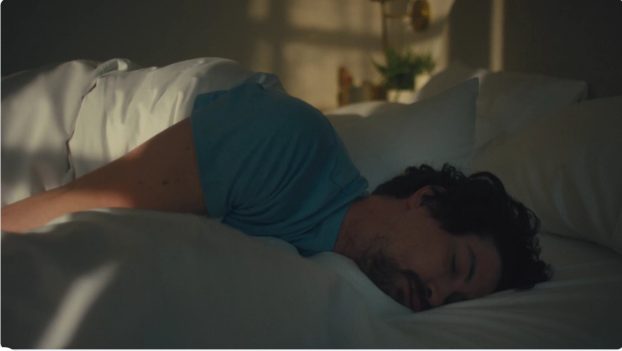Celebrated futurist and super-brain Ray Kurzweil believes that by 2045, “the pace of change will be so astonishingly quick that we won’t be able to keep up, unless we enhance our own intelligence by merging with the intelligent machines we are creating.”
I think many people would agree that the pace of change is astonishingly fast now. “Future-proofing” oneself to meet what’s coming head-on is a daunting task.
If anyone has a plan for the future, it’s Kurzweil – author, inventor and director of engineering at Google.
While he’s well known and respected for his own inventions (including the first character-recognition device capable of reading more than a single font and the first speech-to-text device), Kurzweil is perhaps even better known for his uncanny ability to predict pretty much anything related to social or technological change.
Having been at it for more than 25 years, Kurzweil’s batting average is insane – 0.860. He claims that 127 out of his 147 predictions have essentially been correct: the fall of the Soviet empire, widespread internet usage, wireless, cellular phones, the list goes on.
And then there’s this: he wants to live forever (editor Emily Wexler’s November editorial mentioned this). When it comes to future-proofing, the bar doesn’t get any higher. As he puts it, he’s going to “outrun his own death.” Now that’s ambitious.
But if anyone can do it, Kurzweil’s your man, and I think I’ve figured out how. His track record for famously accurate predictions is so strong, they’ve actually become deadlines, turning the whole exercise into a series of self-fulfilling prophecies. He’s predicted a bunch of things that will lead to radical life extension (i.e. immortality) and let everybody know about it in a book. The result? Scientists, engineers, inventors and other assorted brainiacs are working overtime to meet the timeline that he has established. And if they don’t manage to do it, artificial intelligence will.
In other words, Kurzweil wants the secret to eternal life solved by the time he is ready to check out. He has hedged his bets by signing up with the Alcor Life Extension Foundation, so once he hits his mortal deadline, he will be perfused with cryoprotectants, vitrified in liquid nitrogen and put in storage until science catches up with his predictions. All the bases are covered. Nice.
Here’s what I’ve gleaned from Kurzweil on future-proofing: First, set a big goal. Second, be smart, but you don’t need to be the smartest one in the room – just get the smartest ones to work for you. Third, have a Plan B, or put another way, freeze your head cryogenically.
For less extreme future-proofing advice for our industry, see our cover story. Time travel is conspicuously absent, but Wieden+Kennedy’s Colleen DeCourcy, R/GA’s Nick Law and Sport Chek’s Duncan Fulton offer clever ideas.
In parting, I’ve always considered Walt Disney’s investment in cryogenics to be the original act of future-proofing. He intended his frozen head to be on display in Glendale, California, until it was reported stolen by “professional” thieves in the World Weekly News. But it all ended up being an urban myth, just like Canada Post.
Still, ya gotta laugh every time “Disney On Ice” comes to town.
























